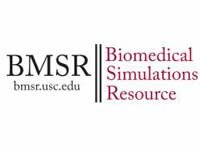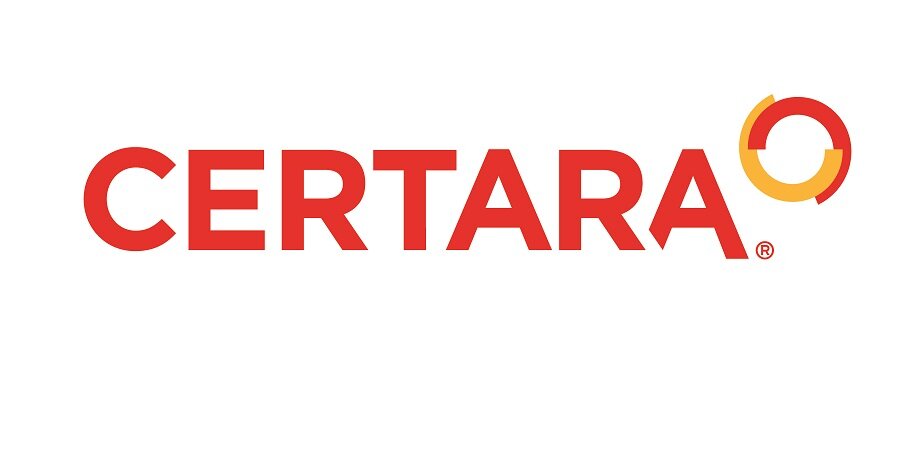Submit an Abstract for ACoP8Important Deadlines
Submit an Abstract Call for Abstracts!Abstract submission to ACoP8 is now open through June 2nd! The planning committee would like to invite you to submit your work and be part of the exciting science at the conference. We are also excited to announce many opportunities this year to showcase your work. Poster session will be held each morning of the conference. In addition, there will be a poster session during the full day pre-conference, entitled “Systems Pharmacology: From Innovation to Impact”, sponsored by the ISoP’s Special Interest Group (SIG) on Quantitative Systems Pharmacology. If you are planning to attend the pre-conference, we encourage you to consider presenting your poster during both the pre-conference and main conference poster session. ACoP8 will also feature a poster spotlight session during the main conference poster sessions to highlight the integration between statistics and pharmacometrics. In addition, the programming committee is planning a dedicated session for abstract quality and trainee awardees to orally present their works. Abstract Considerations
All submitted abstracts will be peer reviewed. Abstracts will be reviewed on the basis of: • Relevance: Pharmacometrics has been defined as: “the science of interpreting and describing pharmacology in a quantitative fashion”, or “the science of developing and applying mathematical and statistical methods to characterize, understand and predict a drug’s pharmacokinetic, pharmacodynamic and biomarker-outcomes behavior” (Ette and Williams, 2007). • Scientific content: abstract are expected to be scientific in nature and contain enough information to allow for scientific review. Abstracts without results will be rejected. (Are the methods described in sufficient detail? Does the abstract contain enough concrete evidence or results to support its conclusions? Are the results, either experimental or from computer simulation, quantitatively stated, either in table or graphical format? Alternatively, for abstracts describing a process, method or software, is the algorithm well described, has it been evaluated and are results presented? If the results are preliminary, are they characterized as such? Is the abstract purely or excessively commercial or promotional in nature?) • Background: an appropriate level of background information should be provided to allow audience and reviewers to assess the abstract impact (Is enough background provided for the reader to understand the abstract goal? Is the literature reviewed at least to some extent and in an unbiased manner? Are citations provided?) • Innovation: except for ENCORE presentations*, abstracts are expected to contain novel and significant information by some scientific criterion (Are the results methodologically innovative or otherwise significant? Do they shed light on certain aspects of pharmacotherapy for a particular disease? Is the methodology novel? If the methodology is not novel, is the application (to a particular problem or disease area) original? For an ENCORE submission, is the content particularly relevant to the discipline of pharmacometrics and the expected meeting audience?) • Style: abstracts should be concisely and clearly written, including structure, language, and overall exposition (Is the abstract main goal sufficiently clear? Are the results well summarized? Are there imprecision of language or errors of syntax and/or grammar? Are measurement units reported?) *The conference may accept a limited number of selected ENCORE presentations. Their content should be particularly relevant to the discipline of pharmacometrics and the expected meeting audience. For ENCORE presentations, submitters should disclose the previous presentation in the body of the abstract and on the poster using the following suggested format: “The results in this abstract have been previously presented in part at [conference name, venue and date] and published in the conference proceedings as abstract [number]”. Abstracts that do not comply with the guidelines may be rejected so please take the time to conform your submission. Abstract PublicationAll accepted abstracts will be published in a supplemental copy of the Journal of Pharamcokinetics and Pharmacodynamics. Abstract GuidanceAuthors must adhere to a standardized format to allow for publishing. Abstracts must be uploaded as a single word document (including all elements below and any tables or figures) using Times New Roman font size 10 following the provided template. The word document should be named according to the following format: "first.author.last.name_first.author.first.name.doc". If submitting more than one abstract, please indicate the number in the file name as well, e.g. Doe_Jane1.doc and Doe_Jane2.doc. The general format of abstracts follows that of most major scientific meetings, and is described below: Title: Abstract Title Authors: List of all Authors Institutions: Affiliations for listed Authors Objectives: A brief description of the objectives/hypothesis of the work described Methods: A brief description of the methods used to reach the stated objectives, or to test the hypothesis. Results: A description of the results obtained Conclusions: Conclusions that can be reached for the stated objectives and hypotheses. References: References used to execute the work. Maximum Word Count: 350, including Authors, Title, Institutions, and References Maximum Number of Figures and Tables: One figure OR table (including a title) embedded in the abstract file File Format: Word Document (example abstract in word format available here)
Poster Board SpecificationsBOARD SIZE:
Posters will be displayed on standard poster boards 4 feet tall by 8 feet wide with a usable space of approximately 45 inches tall by 90 inches wide. For optimal viewing, we recommend confining the displays to the 42 inches tall by 60 inches wide area in the center of the poster board. Posters can be mounted on the poster boards using pushpins that will be provided at the meeting Submit an Abstract |

